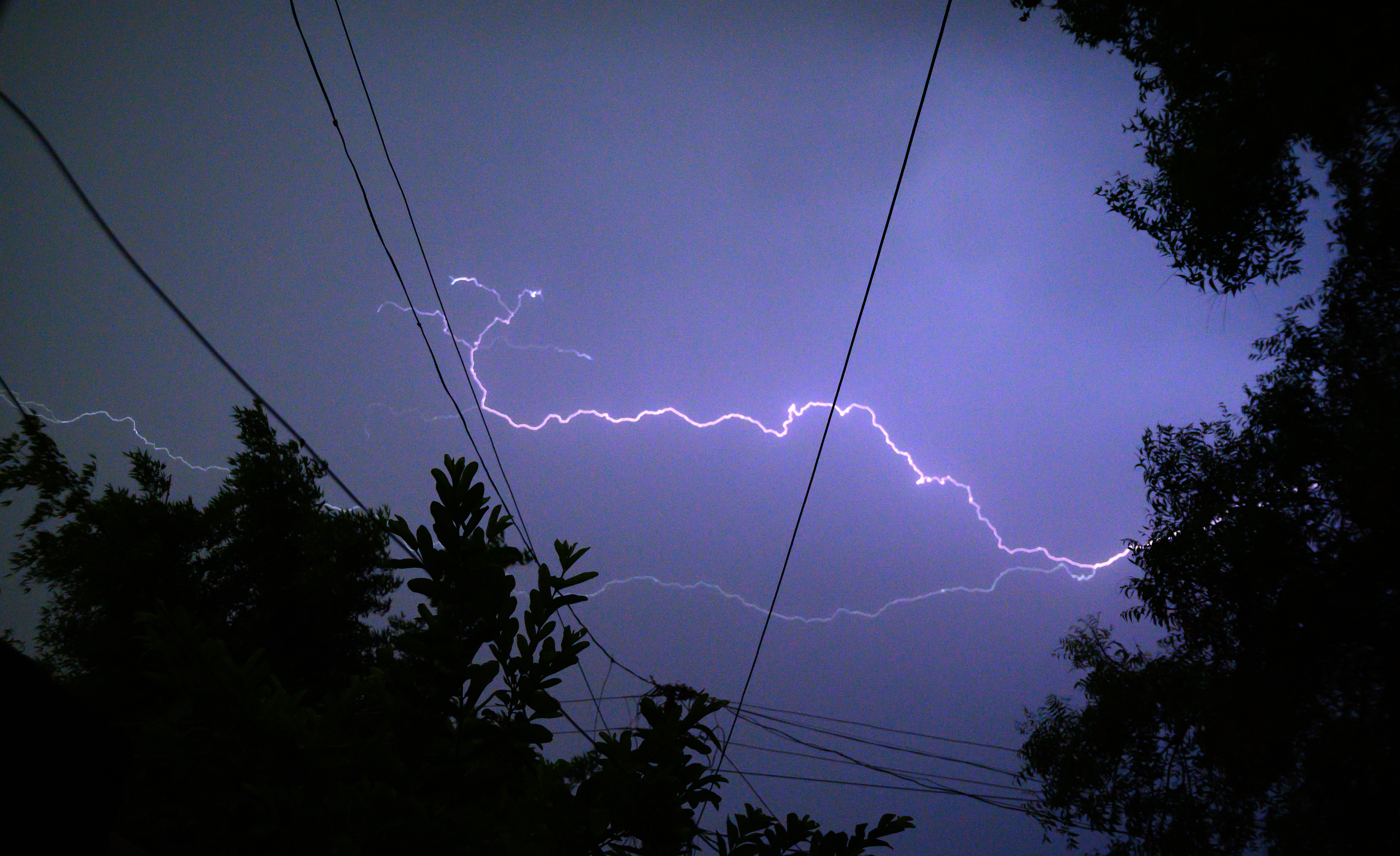While most stay home to stay safe, doctors are scared for children whose homes are not havens.
“One of the things that keeps me up at night is knowing that there might be children right now that are living under circumstances that are not ideal,” said Dr. Norell Rosado, Interim Division Head of Child Abuse Pediatrics at Lurie Children’s Hospital. “They don’t have a way of telling people outside their small nucleus, their home that something might be happening, and that really, really scares me.”
According to the Department of Children and Family Services, calls to the statewide hotline have decreased by 44 percent since January. DCFS has also received 42 percent fewer new reports the first week of May 2020 compared to the first week of May 2019.
Similarly, Chicago Police have seen a 50 percent decrease of child abuse reports, according to the department’s domestic violence program.
Doctors said the lower statistics are the direct result of shuttered schools during the stay-at-home order.
“When I was an ER doctor, we knew at 3:30 p.m., we were going to get a slew of phone calls about DCFS bringing in children at the end of school,” said Dr. Jill Glick, medical director of the Child Advocacy and Protective Services at the University of Chicago Medicine Comer Children’s Hospital. “Without those second, third pair of eyes on these kids, it’s really alarming.”
DCFS said 75% of calls to the hotline come from school personnel, social services, law enforcement and medical personnel. Calls from schools accounted for 57 percent of the call volume.
Local
“COVID-19 has added a new layer of system failure for us in terms of protection of children,” Dr. Glick said.
Some experts said they are concerned the abuse will escalate.
“Initially, we see children with bruises, then fractures and then some tragically death. The first phase of seeing bruises, for example, come and go, and you don’t need treatment. I’m afraid we’re going to start seeing more severe physical abuse and severe sexual abuse that was not brought to light before,” Dr. Rosado said.
The pandemic has put a dramatic strain on many families’ finances and support systems. Stress is a contributing factor to abuse, doctors said, and it will take a village to keep children safe.
Dr. Rosado says the medical community must partner with organizations in unrelated fields to identify at-risk kids.
“For example, where there’s animal abuse, there’s a big correlation with child abuse. We need to work together with organizations that address animal abuse. If they receive calls and they see a child in the home, that should be a red flag and the authorities should be alerted in those cases,” Dr. Rosado said.
Dr. Glick said simply checking in with families can also be helpful in protecting children.
“When you ask people if they need help, most people will listen, take pauses and say something,” said Dr. Glick.
Camie Pratt, who oversees the Chicago Public Schools’ Office of Students Protections and Title IX, said her entire department is working remotely.
“The amount of call and complaints have slowed down, but they are actively receiving cases,” said Pratt, who added they are reaching out to students who have submitted prior complaints. “We are refocusing on keeping students safe.”
Pratt said her department is checking in on those students with prior complaints and their families to put them in touch with resources they may need. She also said there are efforts across the district to reach out to students who may lack housing and food.
Since the beginning of the school year last fall, the CPS Office of Student Protections has received 1,598 calls through Jan. 30. CPS described the majority of these calls as student-on-student incidents.
Pratt said they depend on CPS staff, who are mandated reporters, to let them know about students who may be at risk.
“Our teachers know their students. It may be that they are not hearing from a student, so, to a teacher, that may be a sign something is up,” said Pratt.



